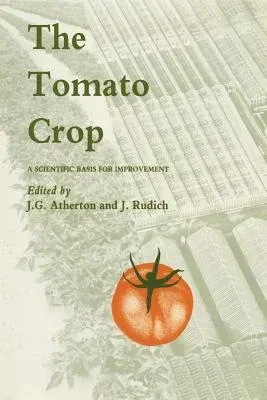The tomato is commercially important throughout the world both for the
fresh fruit market and the processed food industries. It is grown in a
wide range of climates in the field, under protection in plastic
greenhouses and in heated glasshouses. Genetic, physiological and
pathological investigations frequently adopt the tomato plant as a
convenient subject. Hitherto, much of the information on tomatoes has
been fragmented: tomatoes grown in the field and under protection have
been considered separately and the more fundamental findings from
research have often failed to reach those involved directly or
indirectly in commercial crop production. Similarly, the research
scientist is often unaware of the problems of commercial crop production
and the possible relevance of his work to the crop. This book is an
attempt to rectify that situation. By giving a thorough scientific
review of all factors influencing tomato production systems, it is hoped
that this book will prove useful to students, researchers and commercial
producers alike. It gives the basis for the develop- ment of improved
cultivars, the formulation of strategies for managing pest, disease and
disorder problems and the production of high yields of good quality
fruit as well as suggesting important areas for scientific initiatives.
The extensive bibliographies provide a comprehensive database for tomato
researchers. Such a vast subject could not be covered with authority by
anyone author.


